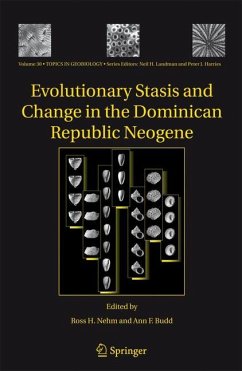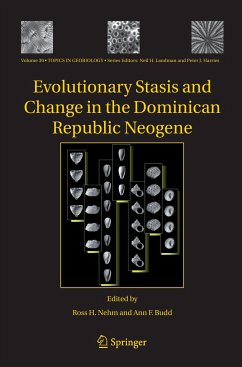Science is supposedly ultimately constrained by the nature of the physical world, meaning that changes in scientific methods and practice are supposed to be away from those with less utility and toward those that are more revealing, useful, and productive of insights into the nature of that world. In practice, however, science is no less susceptible to fads, culture shifts, and pendulum swings than any other realm of human endeavor. This is an especially important feature of science to keep in mind in the present climate of shrinking government funding (at least in prop- tion to the demand) and the resulting susceptibility of individual scientists and entire disciplines to being influenced by the changing priorities of funding agencies (even if, as such agencies maintain, those priorities come ultimately "from the c- munity"). The present volume is in several important respects a testimonial to both the threats and opportunities that such scientific culture swings pose, both for the individual researcher and a wider field. When scientific research in the Dominican Republic Neogene began more than a century ago, paleontology was an essentially descriptive discipline, focused mainly on finding, describing, and documenting the taxa represented in the fossil record, and (especially in invertebrate paleontology) on using these taxa for bi- tratigraphic correlation. Despite the successful integration of paleontology into the Modern Evolutionary Synthesis in the middle of the twentieth century (Simpson, 1944, 1953; Jepsen et al.
Aus den Rezensionen: "... Der vorliegende Band versteht sich als Zusammenfassung ... soll also zu weiteren Arbeiten ermutigen. ... Einer geschichtlichen Einführung folgt eine sehr detaillierte Darstellung der Geologie und Stratigraphie. Weitere Kapitel behandeln Klimaveränderungen (auf der Basis von Sr/Ca-Isotopen), taphonomische Prozesse am Beispiel von Mollusken, Evolution und Probleme des Artkonzepts in Korallen und Gastropoden, und Veränderung der Faunenzusammensetzung bei Korallen- und Molluskenfaunen. Arbeiten zu Korallen überwiegen ganz klar und werden später hier noch in eigenen Besprechungen gewürdigt. ... Der Band ist reich illustriert ..." (H. LÖSER, in: Zentralblatt für Geologie und Paläontologie. Teil II: Paläontologie, August/2009, Issue 3/4, S. 703 f.)







